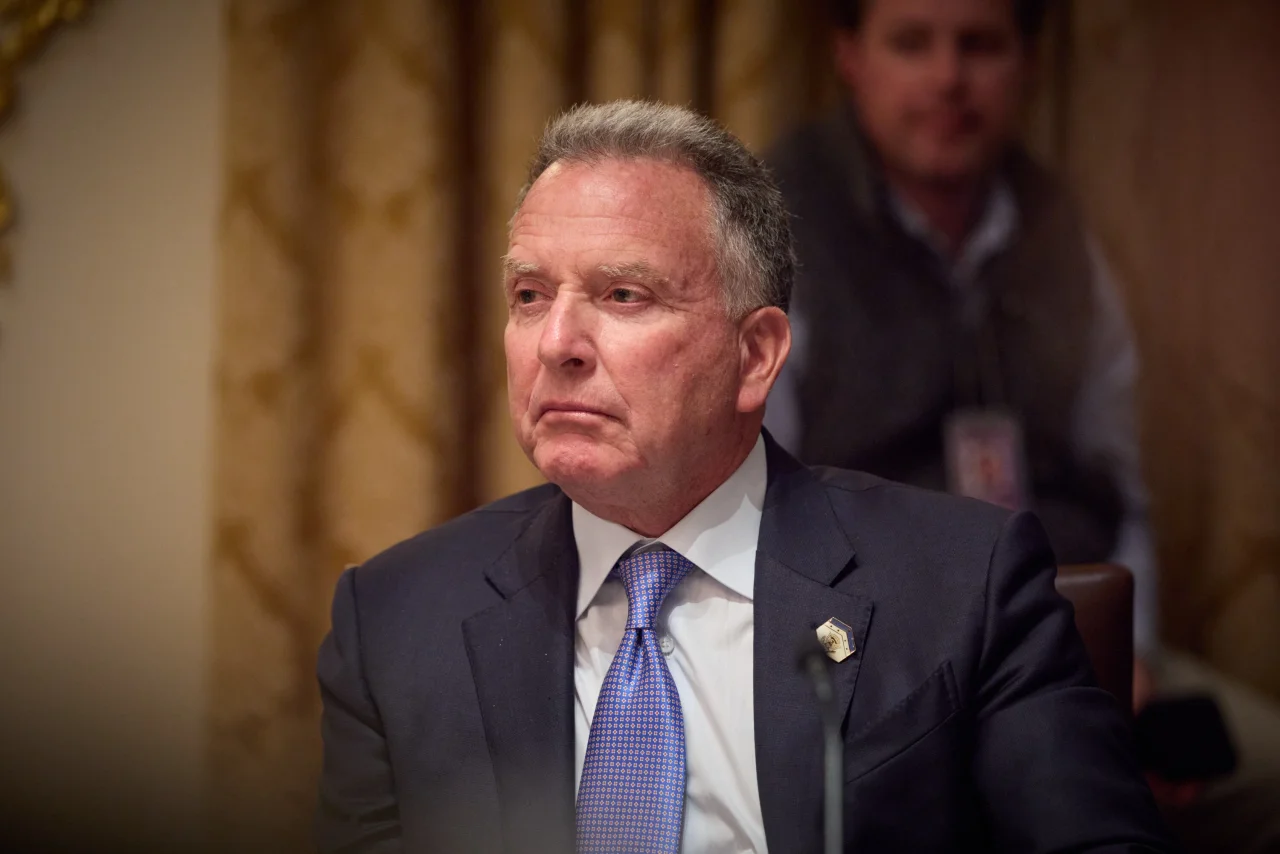
The "peace plan" to end the war in Ukraine, proposed by US President Donald Trump, could seriously complicate the European Union's plans to utilize Russia's frozen assets. Several sources who spoke with the European editorials of Politico said that the financial mechanisms in the plan are in sharp conflict with the program being prepared by Brussels to allocate a "reparatory loan" to Kyiv.
One European official openly stated that Trump has no right to dispose of Russian assets held in Europe. Another EU member statesman said that the schemes proposed by Washington were perceived as "offensive" for Europe, and even very harsh opinions were expressed about Trump's special representative, Stephen Whitkoff.
Sources note that the EU has long been working on very complex mechanisms in search of how frozen assets can be used fairly and safely for the benefit of Ukraine. Trump's plan stipulated that a large portion of these funds would fall under US control, with Washington receiving half of the profits. This, according to European analysts, is an idea that "is rejected by almost all parties."
According to Washington's proposal:
- Europe and the USA will allocate a $200 billion package of frozen assets to Ukraine's recovery;
- 100 billion dollars of these funds will move under US control, and 50 percent of the profits will go to America;
- The remaining amount is assigned to Europe;
- The remaining funds will be directed to the US-Russia joint investment fund.
The "reparation loan" being prepared by the European Union is built on a different mechanism. This loan will only be assigned to Ukraine after the war ends and Moscow officially agrees to compensate for the damage caused. Then the funds will be returned to the Euroclear depository, and Russia will be able to use them again.
The project is estimated at approximately €140 billion ($162 billion) and has been identified as a "top priority" for the Ukrainian economy in 2026-2027.
Belgian Prime Minister Bart de Vever stated at the EU summit in October of this year that Brussels would be forced to close the initiative if European allies do not share the risk. European countries have agreed to protect Belgium, and the fate of the assets is expected to be decided at the summit on December 18-19.
However, Trump's plan further complicates this process. According to European sources, the demand by the US for the complete unblocking of frozen assets will put Brussels under strong political pressure. If, in such a situation, the EU still provides a "reparatory loan," then the responsibility for its subsequent return to Russia may fall precisely on European countries.
European diplomats emphasize that this clause of Trump's plan not only increases financial risks but is also likely to disrupt the planned aid system for Ukraine.
Undoubtedly, the EU summit in December will be a decisive stage in this direction.
Read “Zamin” on Telegram!Users of Меҳмон are not allowed to comment this publication.














